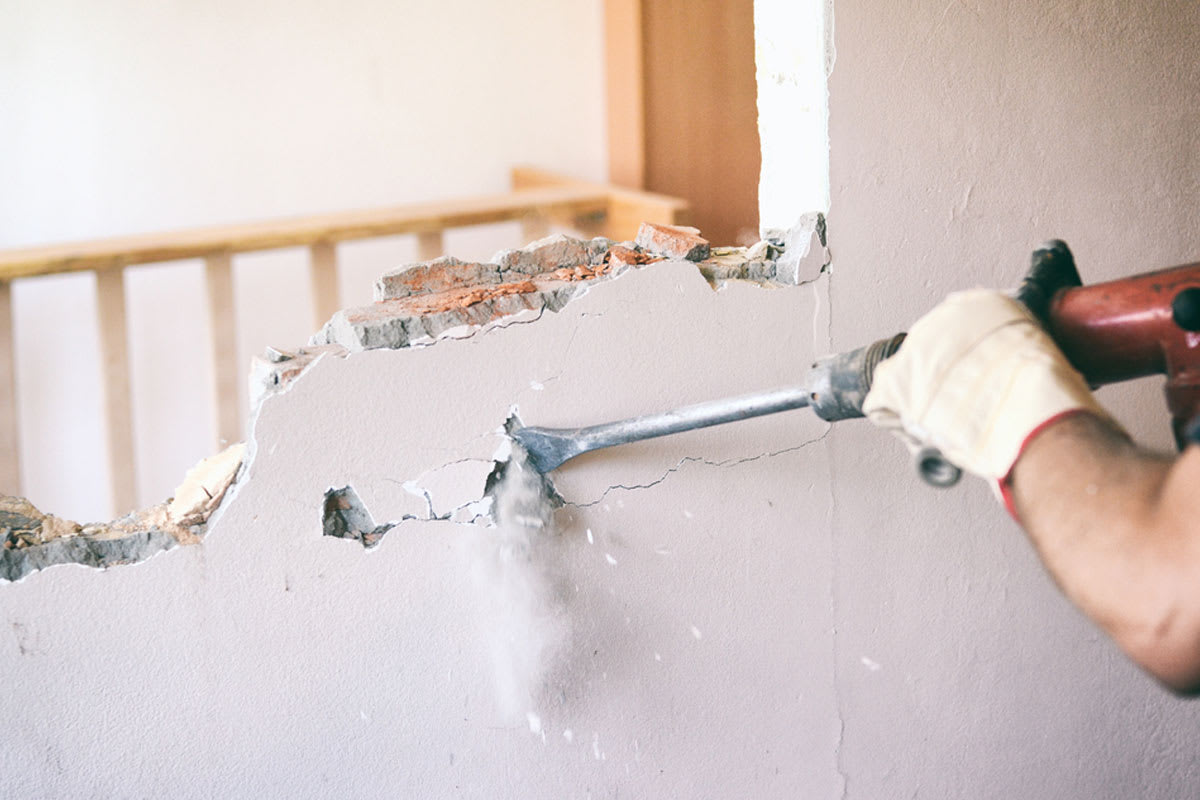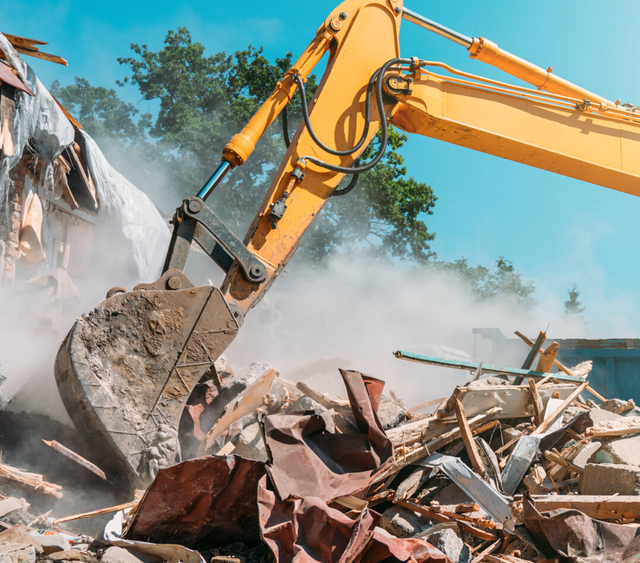Interior Demolition: Key Considerations and Best Practices
Interior Demolition: Key Considerations and Best Practices
Blog Article
The Ultimate Guide to Inside Demolition Techniques and Devices
Within the world of interior restorations, the art of demolition is a pivotal stage that calls for accuracy, skill, and the right collection of devices. Whether you are a seasoned expert or a DIY fanatic, understanding the complexities of indoor demolition techniques can make all the difference in accomplishing a successful project result. As we browse via the nuances of this thorough guide, we will uncover vital devices, precaution, and professional methods that are essential when starting the journey of transforming a space. Keep tuned to discover the crucial insights that can elevate your demolition prowess to brand-new heights.
Necessary Indoor Demolition Tools
When carrying out indoor demolition jobs, having the ideal devices is necessary for effectiveness and safety. One of one of the most vital devices for interior demolition is the demolition hammer. This heavy-duty device is created to appear difficult products like concrete, drywall, and ceramic tile. Its effective hammering action can promptly demolish wall surfaces, floorings, and various other frameworks. In addition, a crowbar is crucial for removing fixtures, trim, and various other materials. Its take advantage of allows for the easy removal of nails and various other fasteners without harming the surrounding surface areas - interior demolition.
Its capacity to make accurate cuts in tight spaces makes it excellent for demolition work. Overall, having these important indoor demolition tools will substantially enhance the performance and security of any type of demolition task.

Safety Safety Measures Throughout Demolition

In addition, all employees entailed in the demolition process must get ample training on the correct handling of tools and tools to decrease crashes. By sticking to these security precautions, indoor demolition projects can be lugged out effectively while focusing on the health of all individuals involved.
Techniques for Removing Wall Surfaces
Carrying out appropriate security preventative measures during interior demolition projects is critical for creating a protected workplace, and one key facet of such tasks entails understanding strategies for getting rid of walls. One frequently made use of method is hands-on demolition, which requires making use of basic hand tools such as sledgehammers, crowbars, and energy knives to very carefully take down the wall surface piece by item. This method enables greater control over the demolition process, specifically in fragile areas where precision is crucial.
For larger, much more intricate wall surfaces, mechanical demolition may be essential. This includes utilizing hefty equipment like excavators or excavators to tear down walls successfully. Nonetheless, it is important to ensure that the structural honesty of the structure is not compromised throughout mechanical demolition.
An additional method for getting rid of walls like it is deconstruction, where the wall is disassembled in a method that preserves reusable products. This lasting approach is eco pleasant and can also help in reducing disposal expenses. Whichever strategy is employed, it is important to adhere to proper safety and security procedures and take into consideration the structural effects of wall surface elimination to ensure an effective indoor demolition job.
Removing Flooring Like a Pro
Effectively getting rid of floor covering during interior demolition requires the proper devices and techniques to make sure a smooth and successful process. The initial step in removing floor covering is to get rid of the location of any furnishings or barriers. Next off, recognize the kind of floor covering to identify the proper removal technique. For hardwood or laminate floor covering, start by getting rid of the baseboards and after that utilize a flooring scraper to raise and separate the planks. Carpet removal includes cutting the carpeting into workable areas and rolling it up for disposal. For floor tile or plastic floor covering, a sculpt or flooring scrape can be made use of to tear up the sheets or tiles. It's necessary to use safety gear such as gloves, safety glasses, and a mask to stop injuries and exposure to dirt and debris. Additionally, having a dumpster or marked disposal location prepared for the removed flooring materials is vital for maintaining a tidy job environment. By following these methods and making use of the right devices, removing floor covering like a pro can be achieved efficiently and efficiently.
Proper Garbage Disposal Approaches
After effectively getting rid of floor covering making use of the suitable devices and strategies, the next vital action in the indoor demolition process is applying appropriate garbage disposal techniques. Appropriate garbage disposal is important for preserving a tidy and safe work environment throughout and after demolition. One of the primary approaches for waste disposal is segregating materials into different groups such as recyclable, dangerous, and general waste. This partition guarantees that products are gotten rid of properly and responsibly.

Service providers need to stick to regional regulations pertaining to pop over to this site waste disposal to prevent penalties and charges. Utilizing expert waste management services can enhance the disposal procedure and make sure conformity with environmental standards. By carrying out appropriate waste disposal approaches, interior demolition jobs can be completed successfully and sustainably.
Verdict
In verdict, interior demolition requires the use of vital tools and strict safety precautions to make certain a effective and risk-free process. Strategies for removing wall surfaces and floor covering have to be done meticulously and effectively to stay clear of any kind of damage or accidents. Correct waste disposal techniques are likewise critical to maintain a orderly and clean job area. By complying with these standards, indoor demolition can be finished efficiently and with very little threats.
One of the most critical devices for indoor demolition is the demolition hammer (interior demolition). Overall, having these essential indoor demolition tools will significantly improve the efficiency and safety of any type of demolition project
Efficiently eliminating flooring throughout indoor demolition needs the proper devices and strategies to guarantee a effective and smooth process.After successfully eliminating flooring using the appropriate tools and strategies, the following crucial step in the indoor demolition process is implementing proper waste disposal methods.In conclusion, interior demolition calls for the usage of important devices and strict safety precautions to make certain a successful and safe procedure.
Report this page